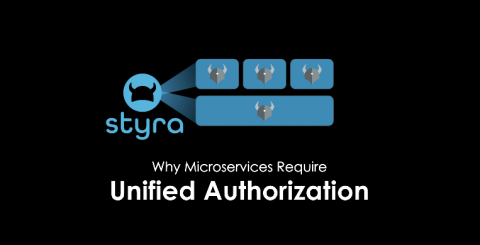How to Customize a Report on Logsign SIEM?
In the last article, we discussed various types of reports a SIEM solution offers. We also threw light on how reports are arranged block-wise on Logsign SIEM along with other features. In this article, we explore how you can customize an existing report to suit your requirements. To start with, go to the Reports and Analysis section and select any report that you wish to customize.









